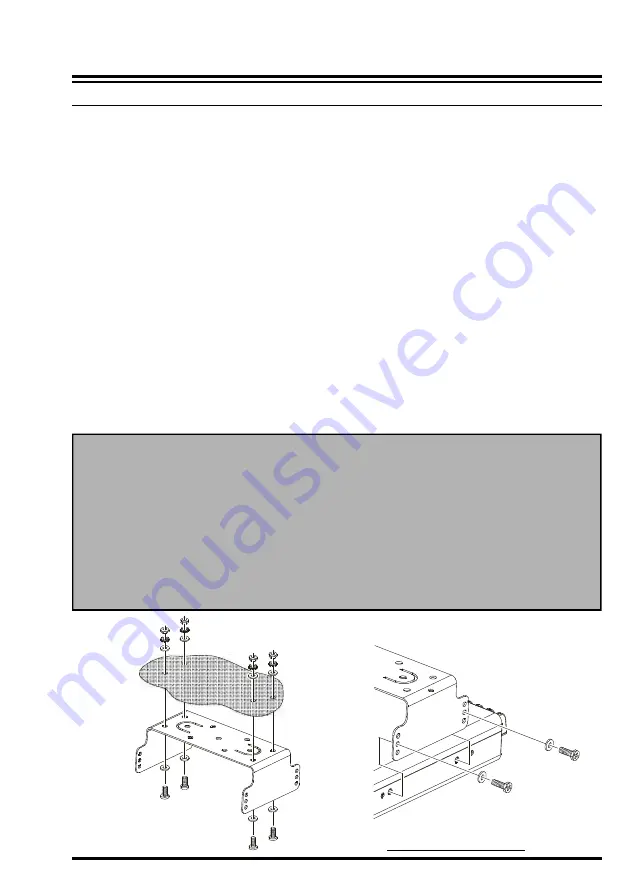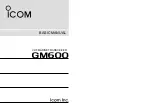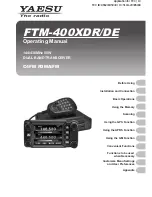
9
FT-857 Operating Manual
I
NSTALLATION
Tips for Successful Mobile Installations:
r
Before connecting the DC cable to the battery, measure the voltage across the battery
terminals with the engine running fast enough to show a charge. If the voltage is above
15 Volts, the vehicle’s voltage regulator should be adjusted to reduce the charging volt-
age to 14 Volts or lower.
r
Route the DC cable as far away from the ignition cables as possible.
r
If the DC cable is not long enough, use #12 AWG (minimum) stranded, insulated wire to
extend it. Be certain to solder the connections at the splice securely, and provide ample
insulation for the soldered splice (heat shrink tubing plus black electrical tape work
well).
r
Check the battery terminal connections frequently to be sure they are tight and not cor-
roded.
r
When operating with the vehicle turned off, or operating from a stand-alone car battery
(in a camp site, etc.), be mindful of the minimum operating voltage (11.73 Volts) for the
FT-857
. If the battery is not charged sufficiently to maintain at least 11¾ Volts at the
radio, erratic operation or shut-down may occur.
Caution
Permanent damage can result if improper supply voltage, or reverse-polarity voltage,
is applied to the
FT-857
. The Limited Warranty on this transceiver does not cover
damage caused by application of AC voltage, reversed polarity DC, or DC voltage
outside the specified range of 13.8V ±15%. Never attempt to connect the
FT-857
to
a 24-Volt battery system.
When replacing fuses, be certain to use a fuse of the proper rating. The
FT-857
requires a 25A fast-blow fuse.
P
OWER
C
ONNECTIONS
MMB-82 Installation












































